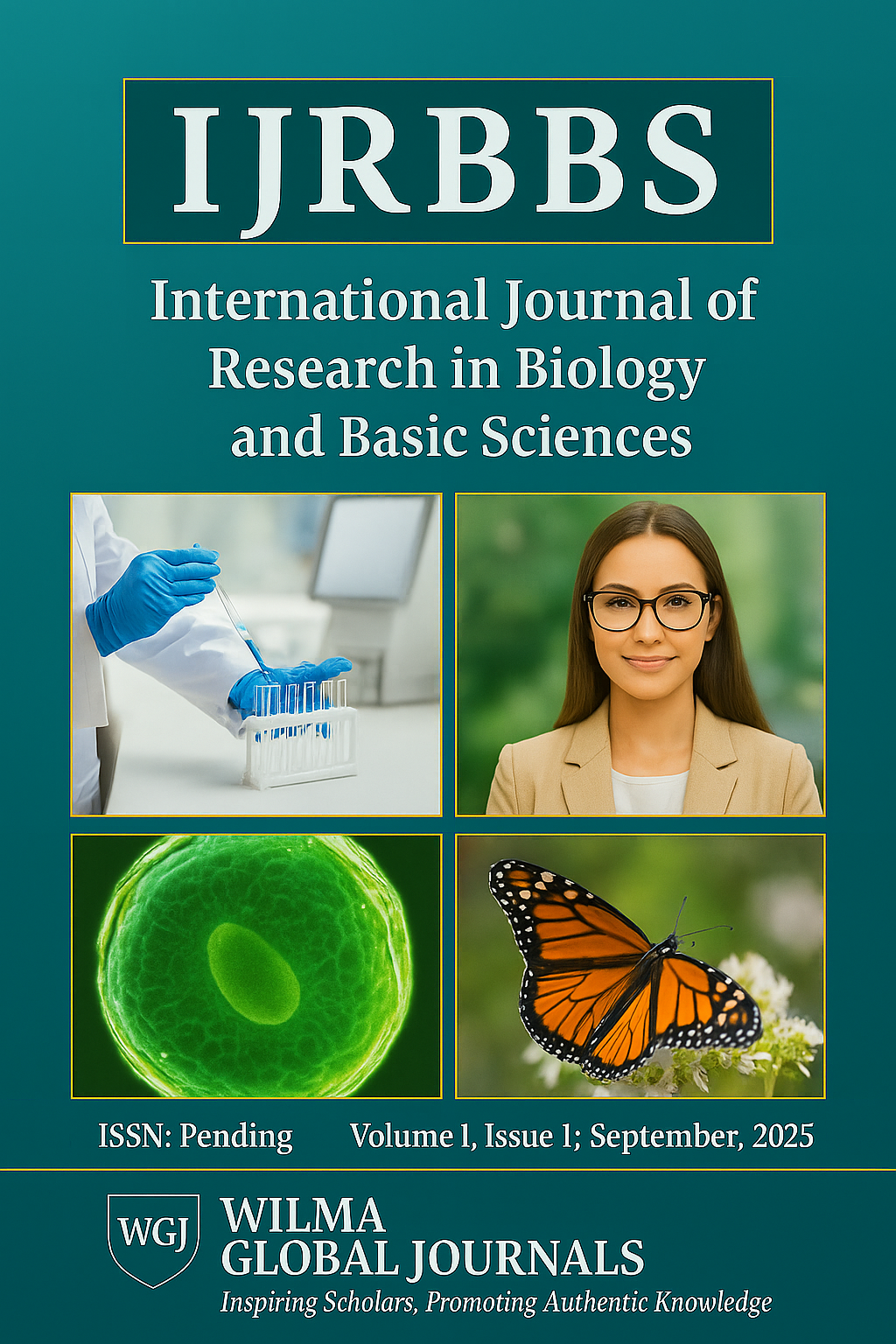ORAL HYGIENE PRACTICES AND PREVENTIVE STRATEGIES
Keywords:
Anodontia, Tooth agenesis, Genetic mutations, Diagnosis, Multidisciplinary treatmentAbstract
This literature review investigates the etiology, diagnosis, and management of complete and partial anodontia, emphasizing its genetic, environmental, and clinical dimensions. Mutations in genes such as MSX1, PAX9, AXIN2, and EDA are highlighted as central to hereditary tooth agenesis, while maternal illness, trauma, infections, and teratogenic exposure during embryonic development are recognized as acquired risk factors. Diagnostic tools including panoramic radiographs, cone-beam computed tomography (CBCT), and genetic testing are assessed for their role in accurately characterizing anodontia severity and type. Treatment requires a multidisciplinary approach involving pediatric dentistry, orthodontics, maxillofacial surgery, and prosthodontics to address both functional challenges such as impaired mastication and speech and psychosocial effects on self-esteem. Early detection and individualized care strategies remain critical for optimizing outcomes, while future research should further explore gene–environment interactions and potential regenerative therapies.


